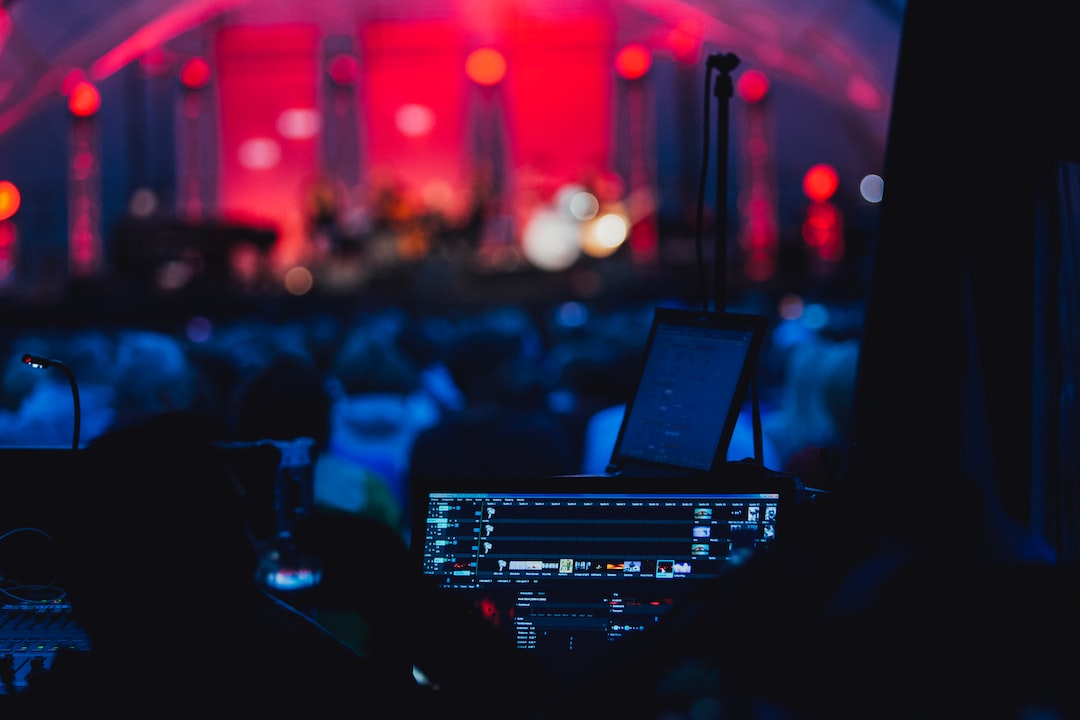Graffiti has long been a controversial form of artistic expression. For years, it was viewed as vandalism, a scourge on cities that needed to be eradicated. However, in recent years, there has been a shift in perception, with street art now being celebrated and recognized as a legitimate art form. As a result, galleries around the world are embracing graffiti artists, reshaping the way we view this once vilified art form.
Street art, a form of graffiti, has its roots in the 1970s when young people in New York City began using walls as their canvas. This rebellious and often political art form made a statement, challenging the status quo and bringing attention to social issues. However, it was largely brushed aside by the art establishment, dismissed as vandalism rather than art.
Fast forward to today, and the perception of graffiti has drastically changed. Cities worldwide, recognizing the cultural importance and popularity of street art, have embraced it, offering designated spaces for artists to freely express themselves. And it’s not just the cities themselves, but also galleries and museums that have taken notice.
In recent years, numerous galleries have hosted graffiti-inspired exhibitions, showcasing the works of these talented artists. These exhibitions often attract a diverse audience, attracting both art enthusiasts and those who may never have stepped foot inside a gallery before. This shift has not only exposed graffiti artists to a wider audience, but it has also helped to reshape the public’s perception of graffiti as mere vandalism.
One of the most famous and influential street artists, Banksy, has played a significant role in bridging the gap between street art and galleries. Banksy’s stencil-based works have garnered widespread attention and critical acclaim, making him one of the most influential and sought-after artists of our time. His works have been displayed in galleries worldwide, and his anonymity only adds to the intrigue surrounding his art.
Graffiti artists are not only finding recognition in galleries but are also being commissioned for public art projects, further legitimizing their work. Rather than being seen as destructive, cities are seeing the value in bringing these talented artists into the mainstream and using their skills to beautify public spaces. From commissioned murals on buildings to large-scale art installations, graffiti artists are transforming cities into artistic hotspots, attracting tourists and rejuvenating neglected areas.
This shift in perception has not only benefited the artists themselves but also the communities in which they work. Studies have shown that areas with vibrant street art experience a decrease in crime rates and an increase in tourism. Graffiti has the power to transform a neglected and rundown neighborhood into a vibrant and culturally rich area, breathing new life into urban spaces.
From street art to galleries, the perception of graffiti has undeniably changed. Once seen as destructive and illegal, it is now celebrated as an art form that challenges societal norms and captures the spirit of our cities. Galleries are recognizing the talent and skill of graffiti artists, showcasing their works alongside more traditional forms of art. This newfound recognition is not only reshaping the perception of graffiti but also revitalizing cities and inspiring a new generation of artists. So next time you see a piece of street art, take a moment to appreciate the skill and creativity behind it, for it is not just graffiti, but a reflection of the times we live in.

